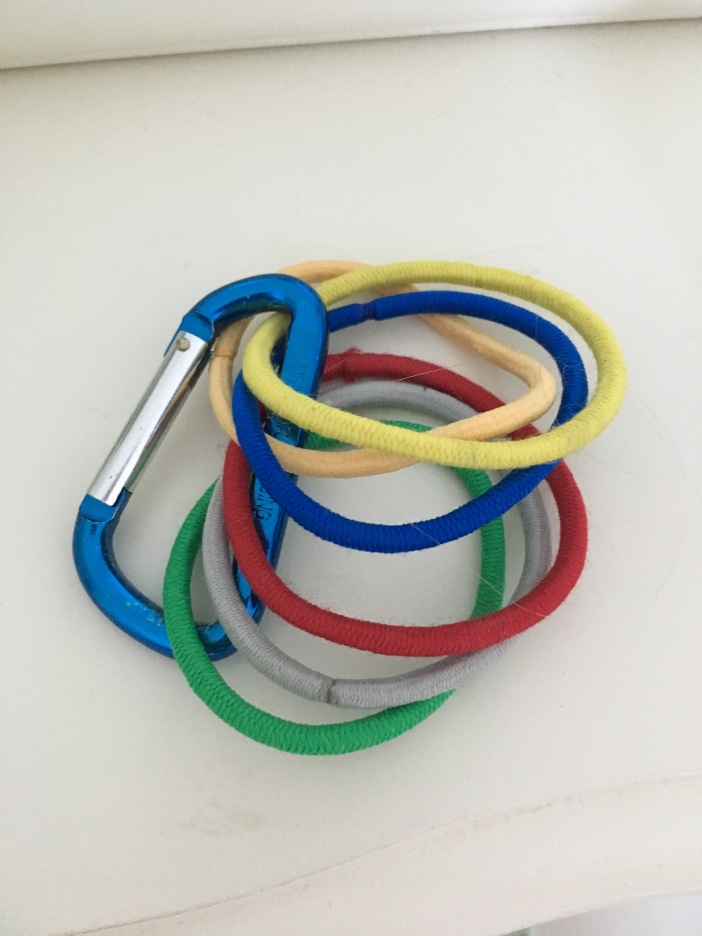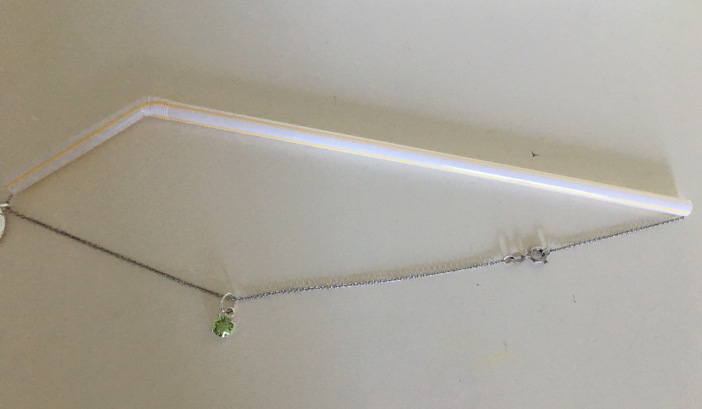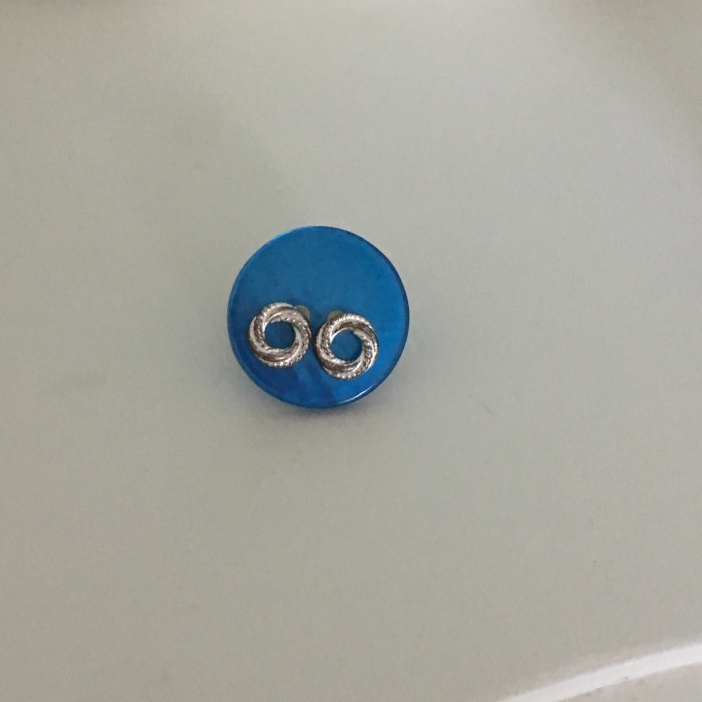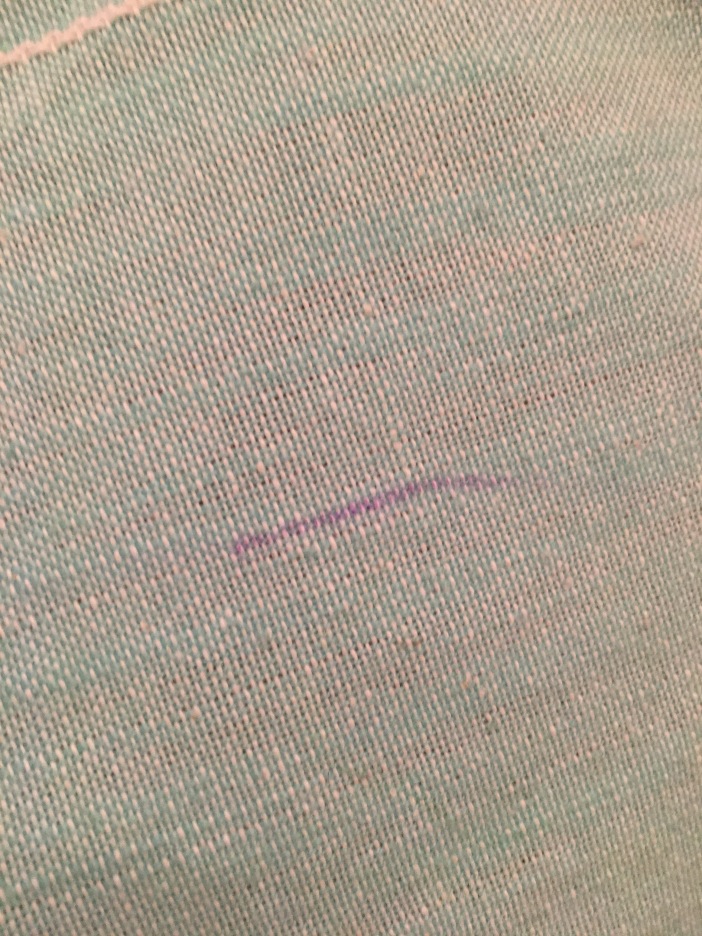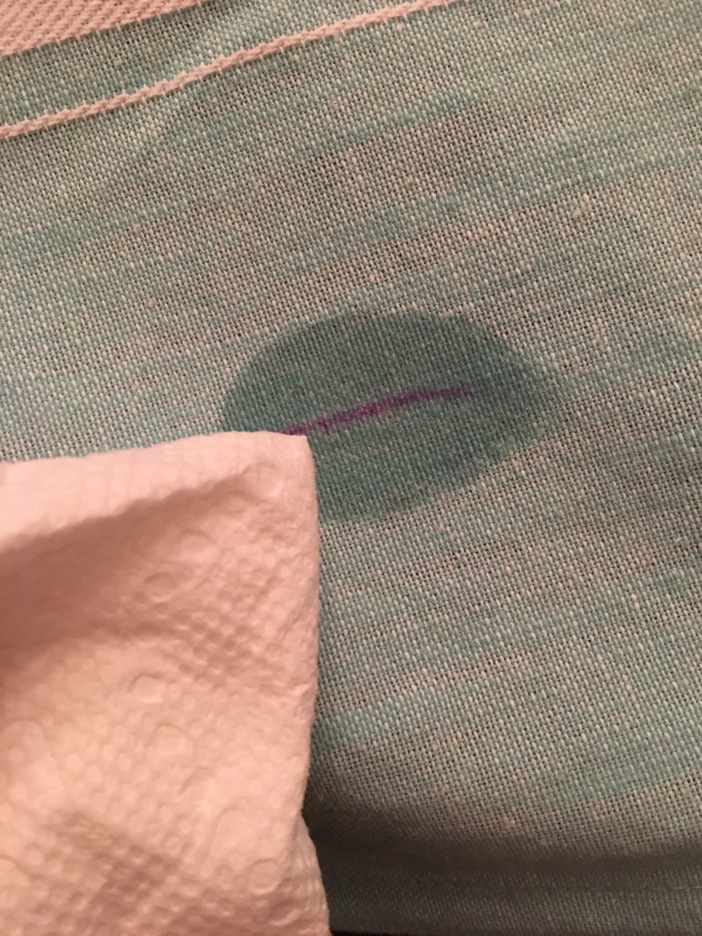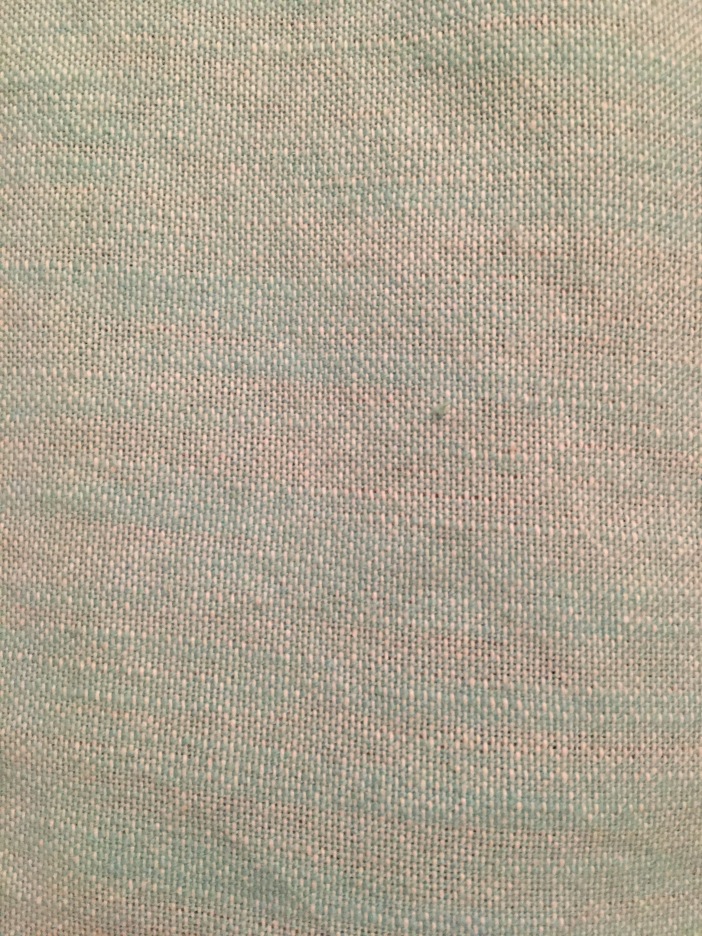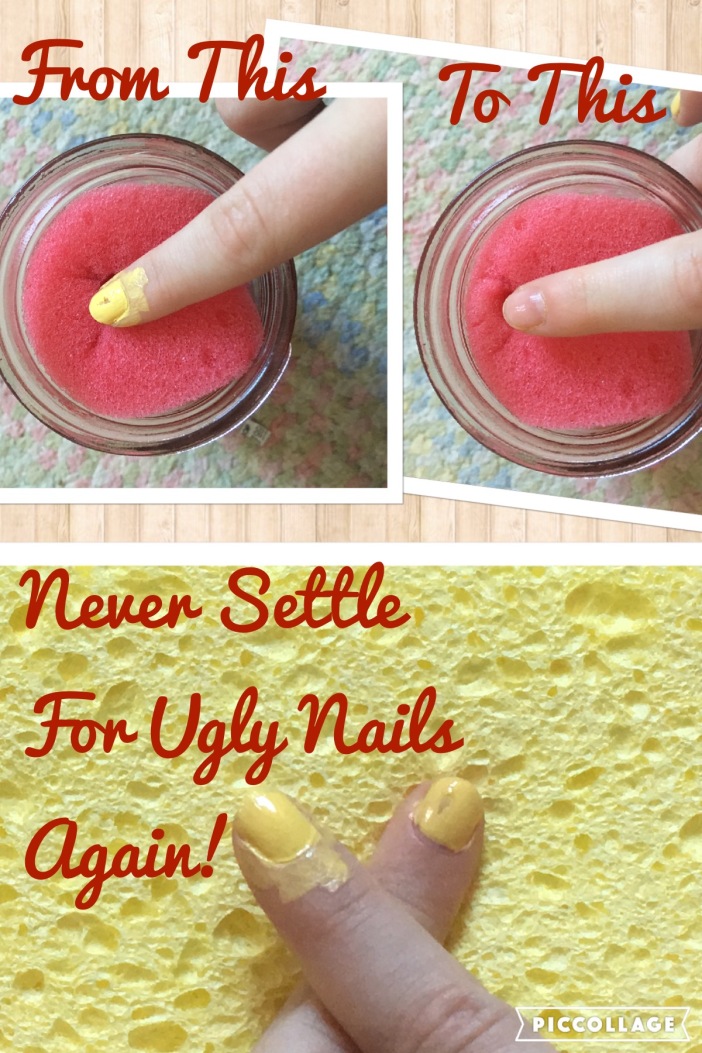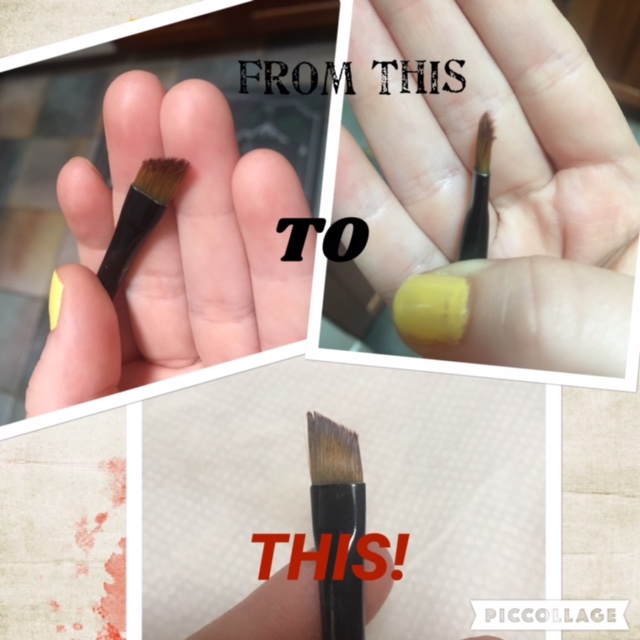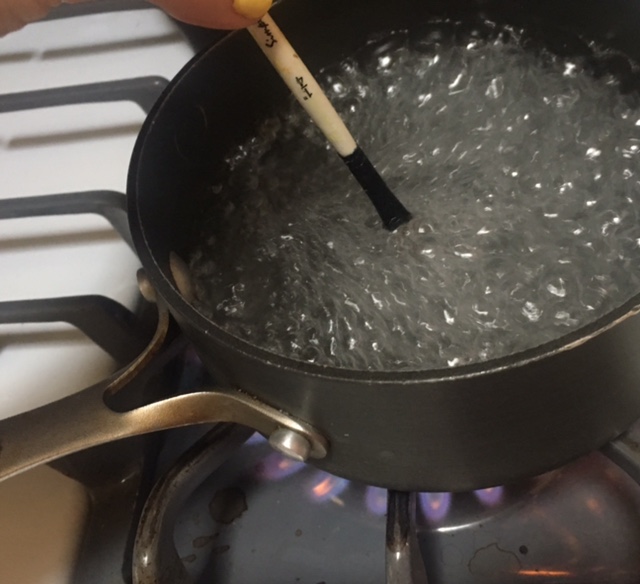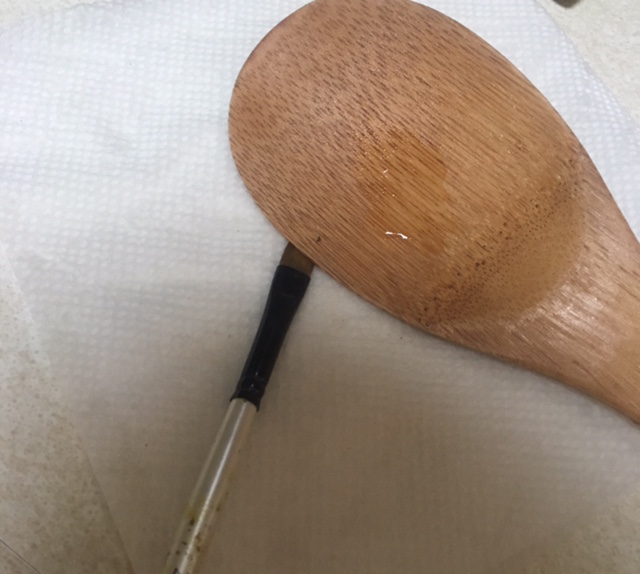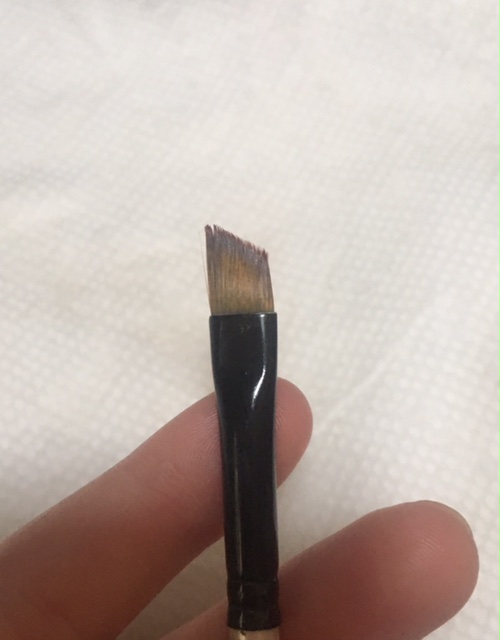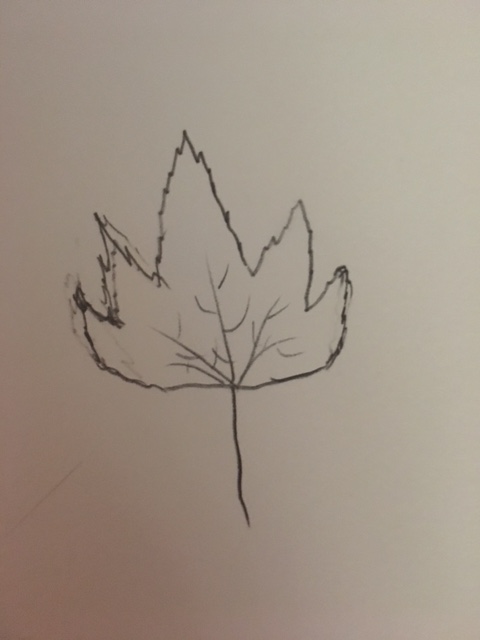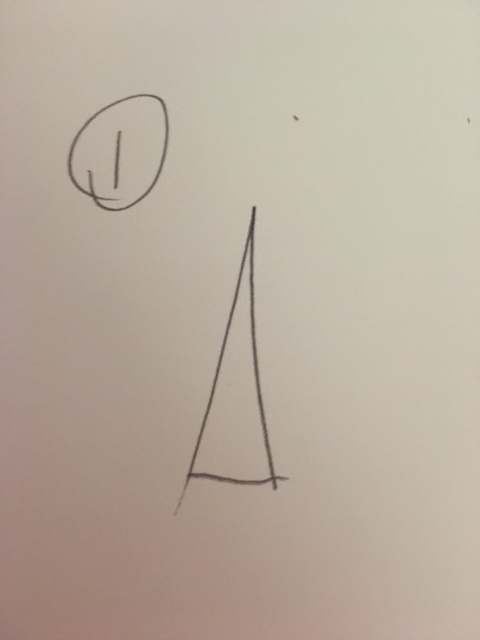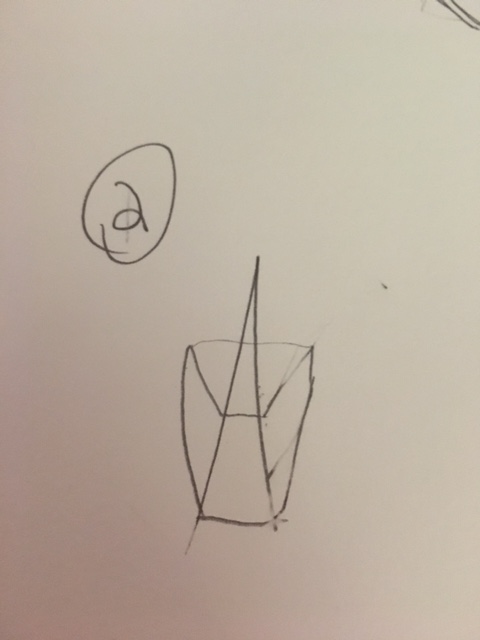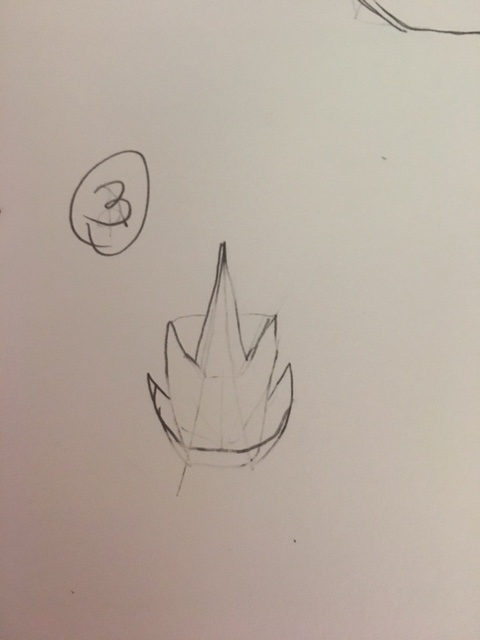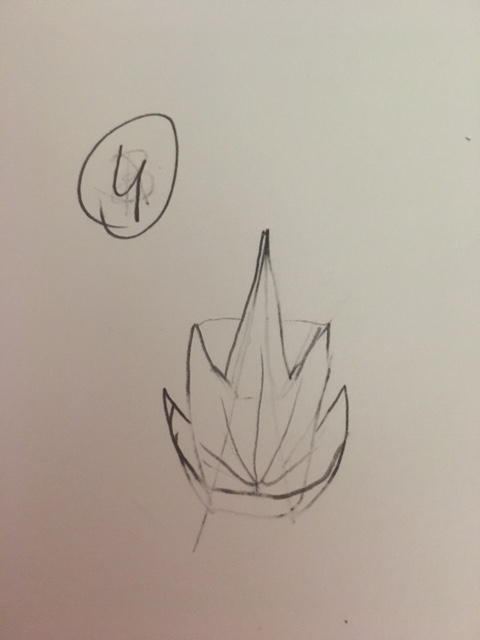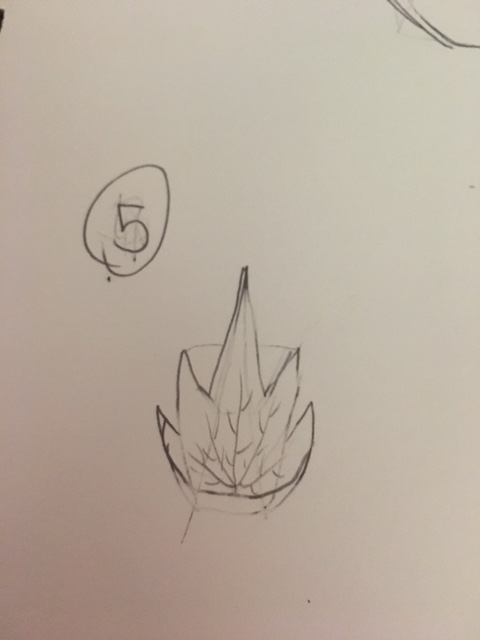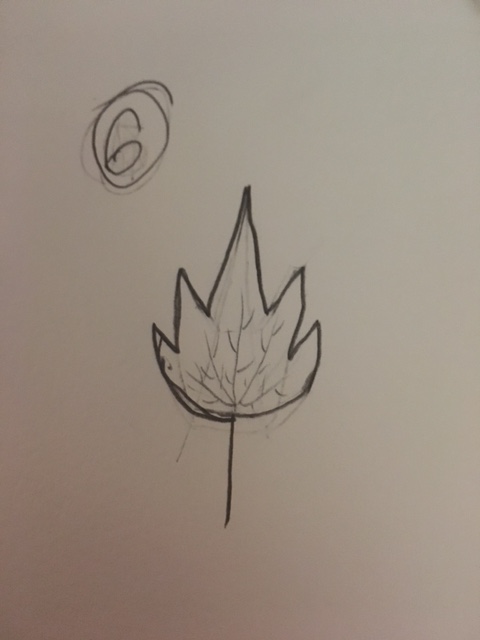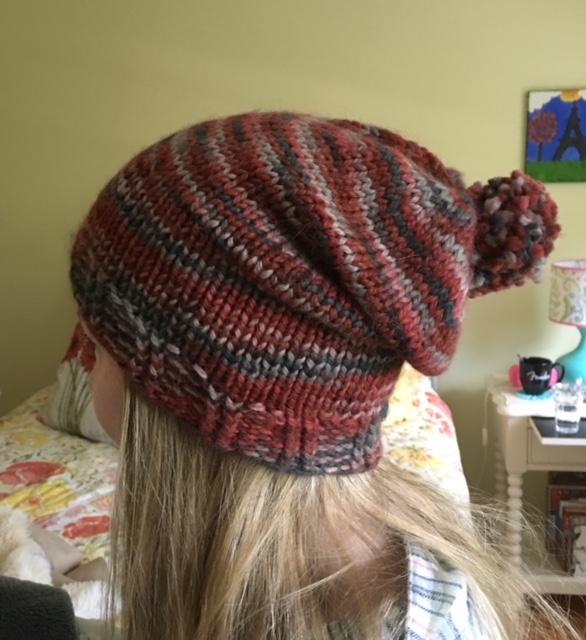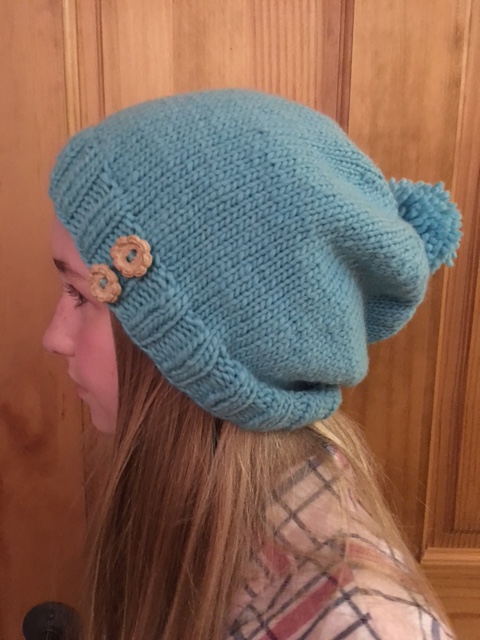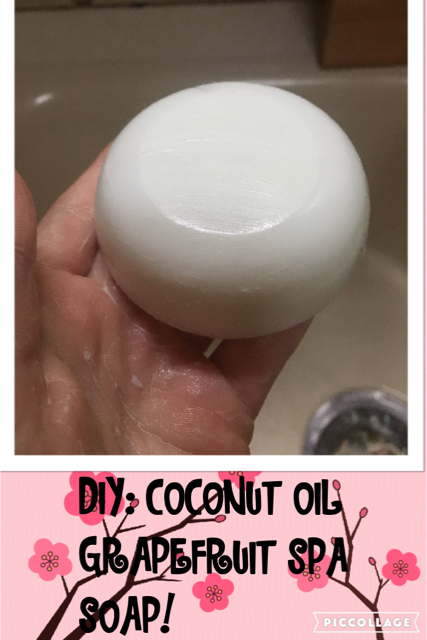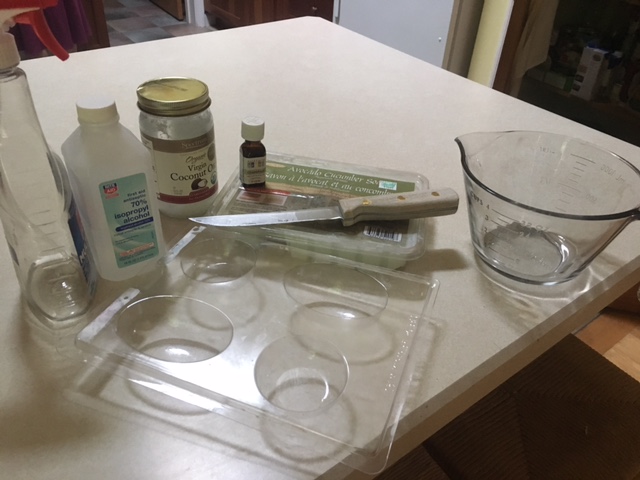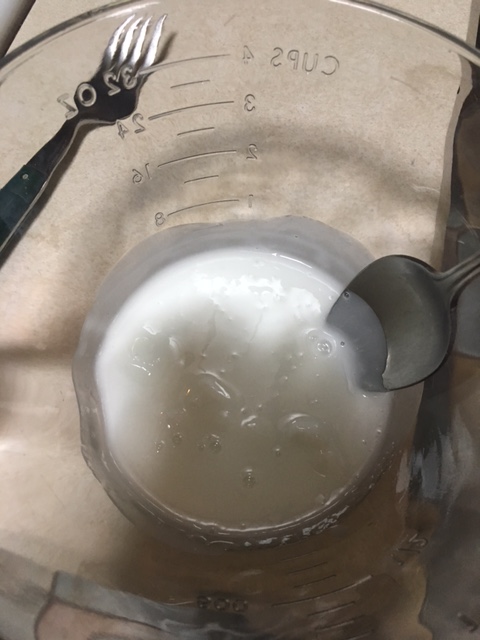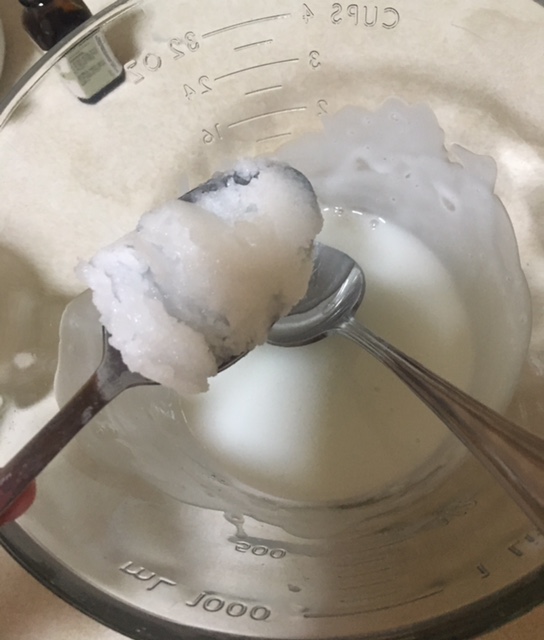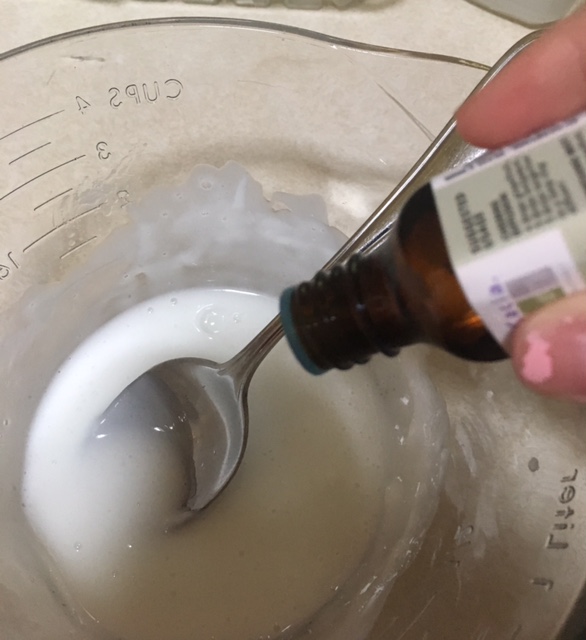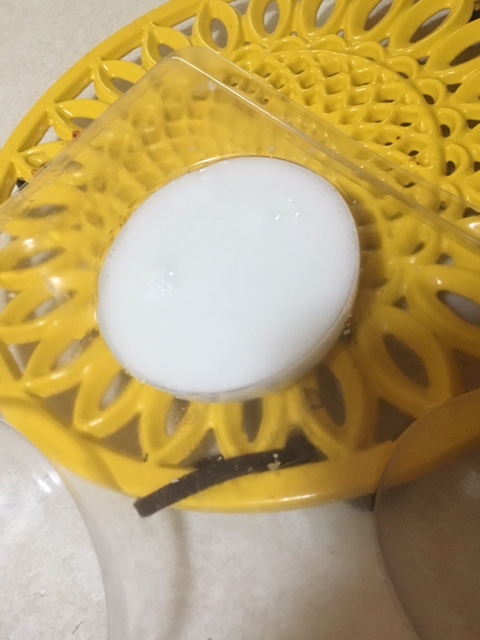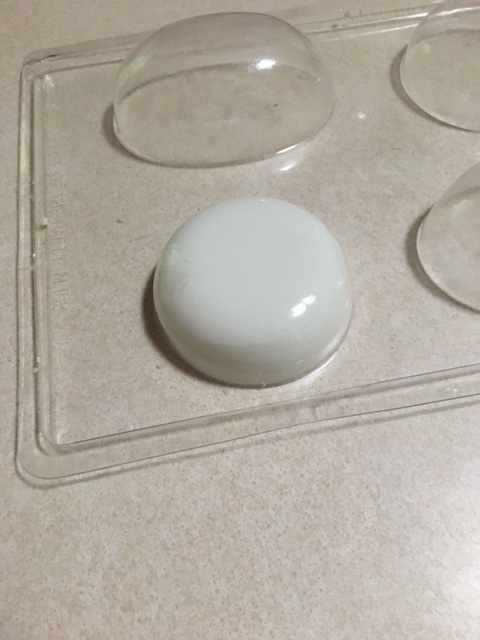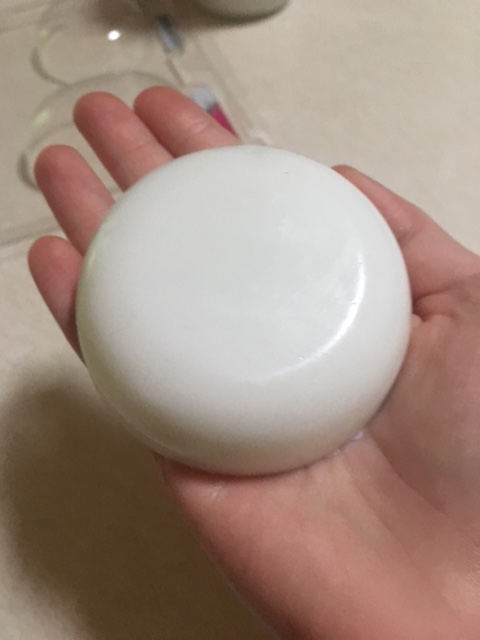So today let’s paint a flower pot! This is super easy, these instructions are my own idea, I got inspired by a photo on Pinterest where you use a pressure washer for the distressed rustic look, but I have found a much simpler way to achieve the look! So here goes:
You Will Need:
A Clay Terracotta Pot
Steel Wool
Acrylic Paint (color of your choice, I used Ceramcoat brand in the color Caribbean Blue )
Twine/Thin Rope
ModPodge (I used matte, use any kind you want)
A Paint Brush (I used a 3/4″ stroke brush)
Instructions:
First what we’re going to do is take our steel wool and our terracotta pot an using the steel wool rub the clay pot till you see a fairly substantial grey mark. Do this all the way around your pot, this gets your pot sanded and starts our rustic old look.
Now we can get our paint out! No paint brush required though, we use our steel wool. Acting like the steel wool is a paint brush, pick up some paint from your palette and rub over the pot. Don’t worry much about using too much paint, you can smooth it out once it’s on the pot. Once you have done that all around the pot and like how it looks, let the paint dry. It should look similar to this: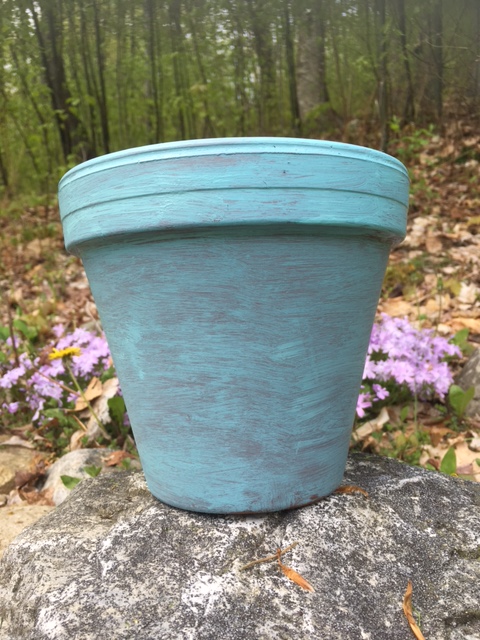
Now we use our paint brush and modpodge. Open up the can of modpodge and lay a thick coat onto the pot. DO NOT skip this step. The modpodge ensures that the paint won’t rinse off or bubble while it rains or you’re watering the flower. I did 2 thick coats of modpodge to make sure it is water resistant. The modpodge should dry within 5 minutes.
Last but so not least we will use our twine, our paint brush, and some modpodge (this step is optional). Cut a long piece of twine (big enough to go around the top of the pot with room for a bow) and modpodge the twine onto the pot. Use as much modpodge as you need to steadily get it around the pot. Now just tie a bow with the twine, you can make the bow as big as you like. Once this is fully dry, test that it is water resistant by filling a watering can with water and lightly pouring it onto the pot. If there are no bubbles or pealing, your safe! Now all you need to do is plant the lucky flower into your gorgeous pot. Here’s my finished project:
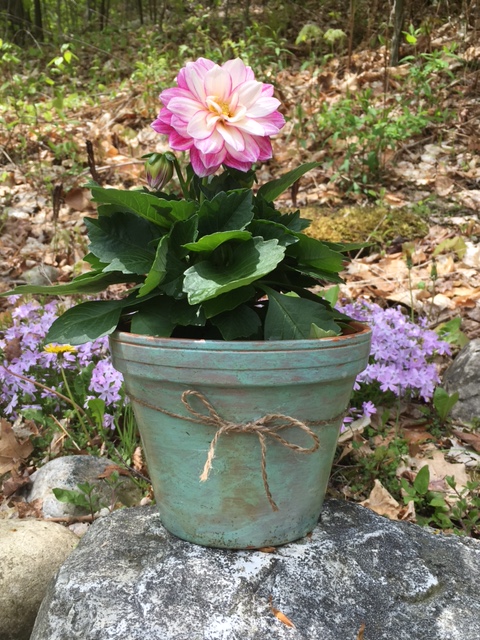
Thanks for reading, please post your finished product or share your thoughts or questions in the comment section below.
Yours Truly, The Blue Eyed Crafter
